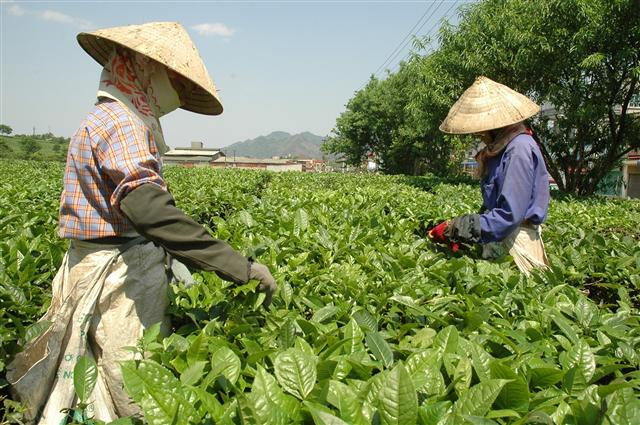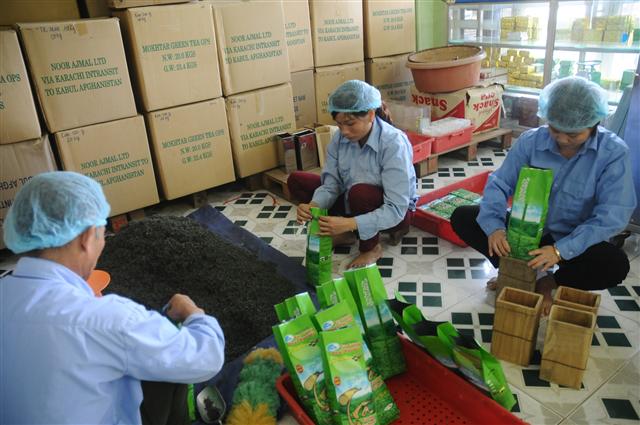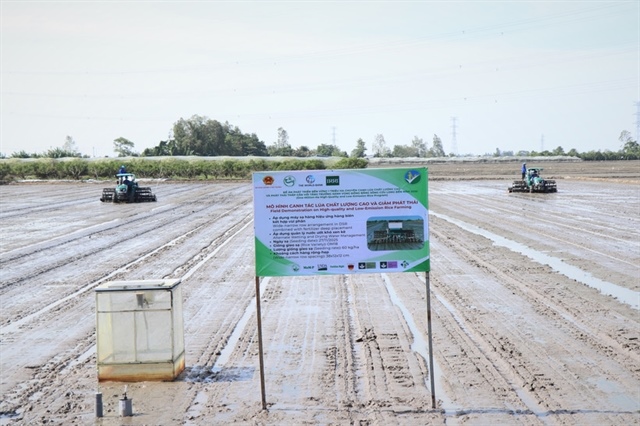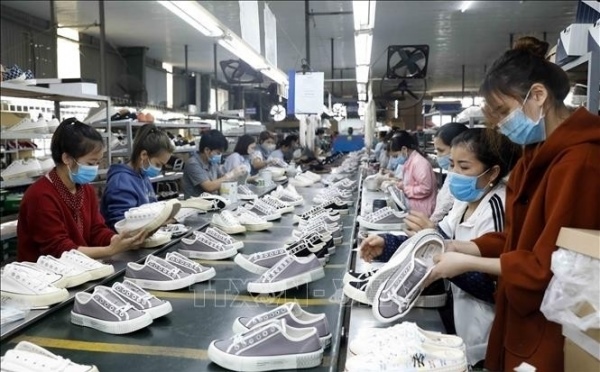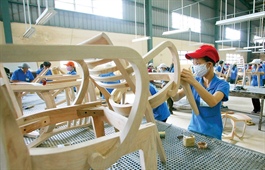Tea industry prepares to accommodate new consumer trends
Tea industry prepares to accommodate new consumer trends
Beverage trends are forecast to change considerably this year due to the impact of the Covid-19 pandemic on consumption habits and tastes. The tea industry is changing to adapt to the new trends forecast by experts.
|
According to the Ministry of Agriculture and Rural Development, Vietnam’s tea exports in the first two months of 2021 reached US$29 million, up 11.1 percent from the same period last year. However, according to economists, the country’s tea exports will not do as well this year, both because the Covid-19 pandemic remains unpredictable and tea production in India and Kenya has increased due to favorable weather conditions.
|
According to Flavourchem Company (USA), products that offer a heightened sensory experience via adventurous taste combinations and flavor exploration will draw consumers experiencing cuisine fatigue while stuck at home. Flavorchem believes that upcycled ingredients will be highly popular in 2021 amidst heightened consumer demand for ethical and sustainable products.
Findings by ADM’s OutsideVoice research portal show that 77 percent of consumers want to do more to stay healthy. According to an ADM report, the difficult circumstances stemming from the pandemic have increased feelings of anxiety and stress, with 35 percent of consumers reporting concern about mental health. People wishing to improve their mental wellness during these stressful times grant themselves permission to consume indulgent, comforting food and beverages. However, they are tempering this desire with weight management needs and seek a careful overall balance of indulgent and good nutrition. As the pandemic increases consumer awareness of individual health risk factors, demand for products offering tailored, highly personalized health and wellness solutions will take off.
|
Doan Anh Tuan, Director of the The He Moi Company Limited, producer of the Cozy tea brand, said labor cost keeps growing, while product price is only US$1.5-3 per kilo, which barely covers production cost. Along with promoting development of clean growing areas, it is necessary to focus on development of processed products, Tuan said. “We have imported machines to produce matcha and sold our products to confectionery and beverage companies. Therefore, although the export volume decreased, the export value has improved considerably, and export of finished products makes up 70-80 percent of the company’s revenue. We are thinking of procuring machinery to extract substances from tea for sale to cosmetic and pharmaceutical companies,” Tuan said.
Nguyen Quoc Toan, Director of the Department for Agricultural Products Processing and Market Development under the Ministry of Agriculture and Rural Development, advises beverage businesses to focus on development of healthy products, especially fruit, gluten-free and organic products, he said.
|
Dang Thuy Ha, Director, Client Leadership, Hanoi at Nielsen Vietnam: Research on consumer trends shows that 65 percent of consumers are willing to spend more on healthy products. |



